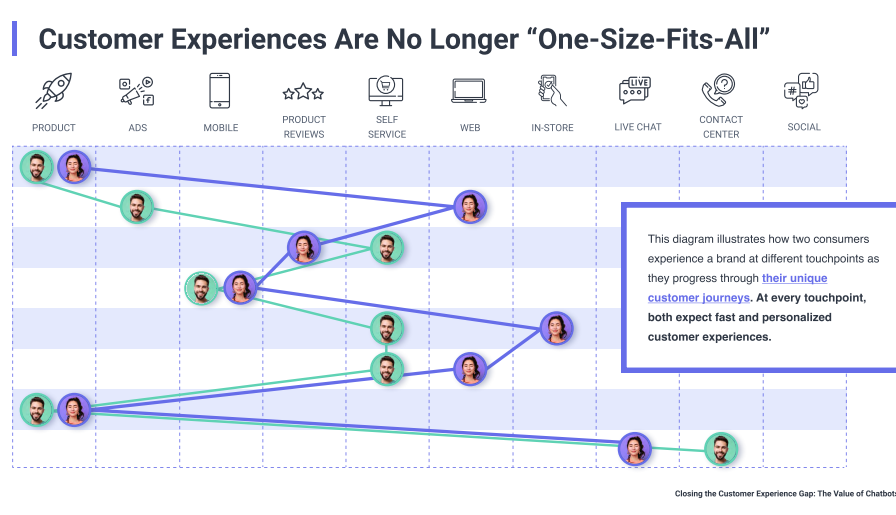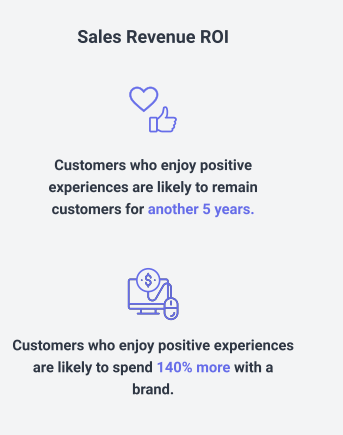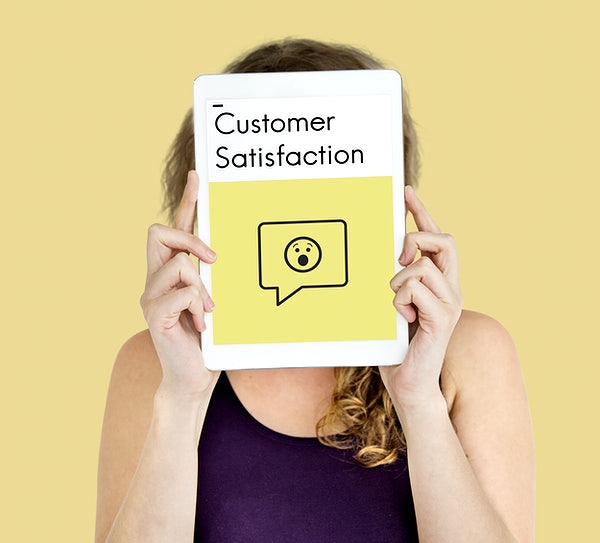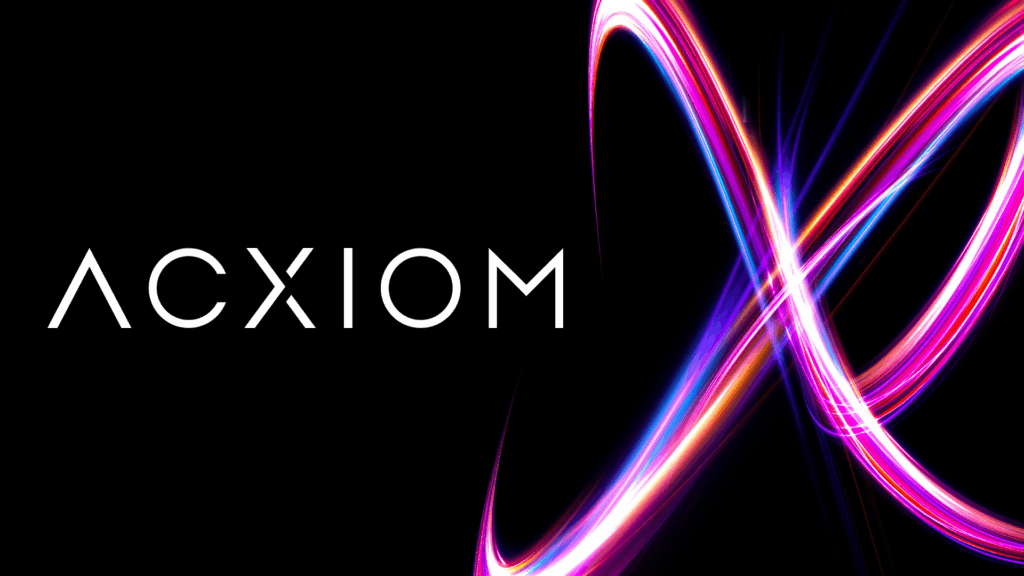Consumer behaviors and expectations are always in a constant state of evolution, with brands and companies responding to and proactively anticipating changes in consumer needs. The innovations in technology and the maturation of an all-encompassing digital landscape have resulted in rapidly increasing consumer expectations, leaving most brands that take a traditional approach to customer experience (CX) in the dust.
The new report by Socialbakers highlights why closing the CX expectation gap is mission-critical, and demonstrate why the adoption of technology like automated chatbots is the only way to do so successfully at scale. Let's first understand what is the customer expectation gap.
The customer experience gap refers to the disparity between what people expect from brands (marketing, product, customer service, etc.) compared to what they actually get. The rise of social media has enabled consumers and brands tp communicate with each other. Consumers today expect to have meaningful and helpful interactions with brands through the channel of their choice. This means that brands must be able to deliver fast, omnichannel performance on a consistent basis in order to meet customer expectations. Unfortunately, brands have been slow to adapt to the needs of modern consumers.

The Customers 2020 report by Walker highlighted that less than 10% of customer experience professionals considered their company effective at delivering on critical customer expectations in 2020.
The problem lies in the way things are done. Traditional solutions are too siloed and are not scalable enough to meet the requirements for speed that modern consumers have. Brands need to adopt new strategies and tools. The only way to meet the CX expectations of modern customers at scale is with (intelligently) automated and personalized solutions.

The value of a good customer experience is qualitative, but comes in many forms that are all clearly impactful. The rewards come in the form of – increased customer retention, customers becoming promoters and brand champions and increased customer loyalty, which is a strong competitive advantage, especially in industries where products or services are more interchangeable.
Quantifying the value of CX is not an exact science, but the data tells us that a strong CX score is essential, and a poor CX score puts brands at a major competitive disadvantage. There is an abundance of data that shows why strong CX is expected from consumers and necessary to earn and keep their business.
A study by Hubspot showed that customer expectations for a personalized experience have increased from 4% of all customers in 2013 to a whopping 31% in 2020. Meeting basic customer expectations is the first step towards differentiating your brand from the competition, since 90% of brands don’t close the expectation gap.

While bridging the customer experience gap (providing superior experiences) should be a priority for all consumer facing brands, the fact of the matter is that chatbots are quickly becoming a requirement to meet baseline expectations. If brands fail to meet basic expectations when interacting with customers and audiences, negative customer experiences are generated that can cause irreparable damage to businesses.
How chatbots drive customer experience ROI
Chatbots allow personalized and instantaneous responses to consumers reaching out to brands, in a digital era where consumers increasingly lightning fast support. The only way to efficiently meet and exceed these expectations at scale is by leveraging automated solutions, like chatbots, that improve response time while maintaining strong customer experiences.
Chatbots deliver the best customer experiences when they are capable of doing so, and defer to human agents when they aren't, reducing agent workload while optimizing the CX in every scenario. They can help businesses save on customer service costs by speeding up response times, freeing up agents for more challenging work, and answering up to 80% of routine questions.
According to 500 surveyed business leaders, the sales function is the most common use case for chatbots (41%), with customer support coming in at a close second (37%). It’s important to note that when chatbots drive sales, they are still shaping and impacting CX, just not in the context of customer support. Customer experiences are generated at every stage of the customer lifecycle, from pre-sale to customer support According to an Intercom study, brands that leveraged chatbots for sales purposes increased sales by an average of 67%, with 26% of all sales starting through a chatbot interaction. In addition, 35% of business leaders said chatbots helped them close sales deals.

Every brand today is running a race against the competition to close the enormous CX expectation gap created by the digitally-empowered consumer. Not every brand will recognize that they are even participating in the race and others will recognize far too late. While the race may not be strictly winner-take-all, one thing is certain: the laggards in CX will quickly fail.





